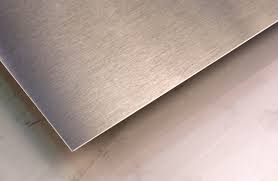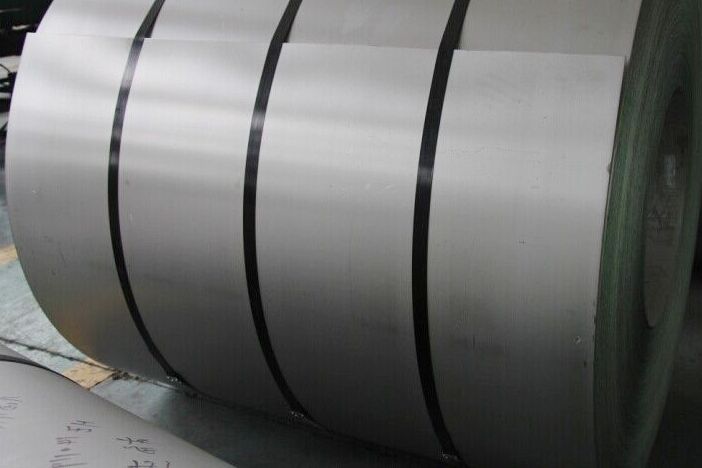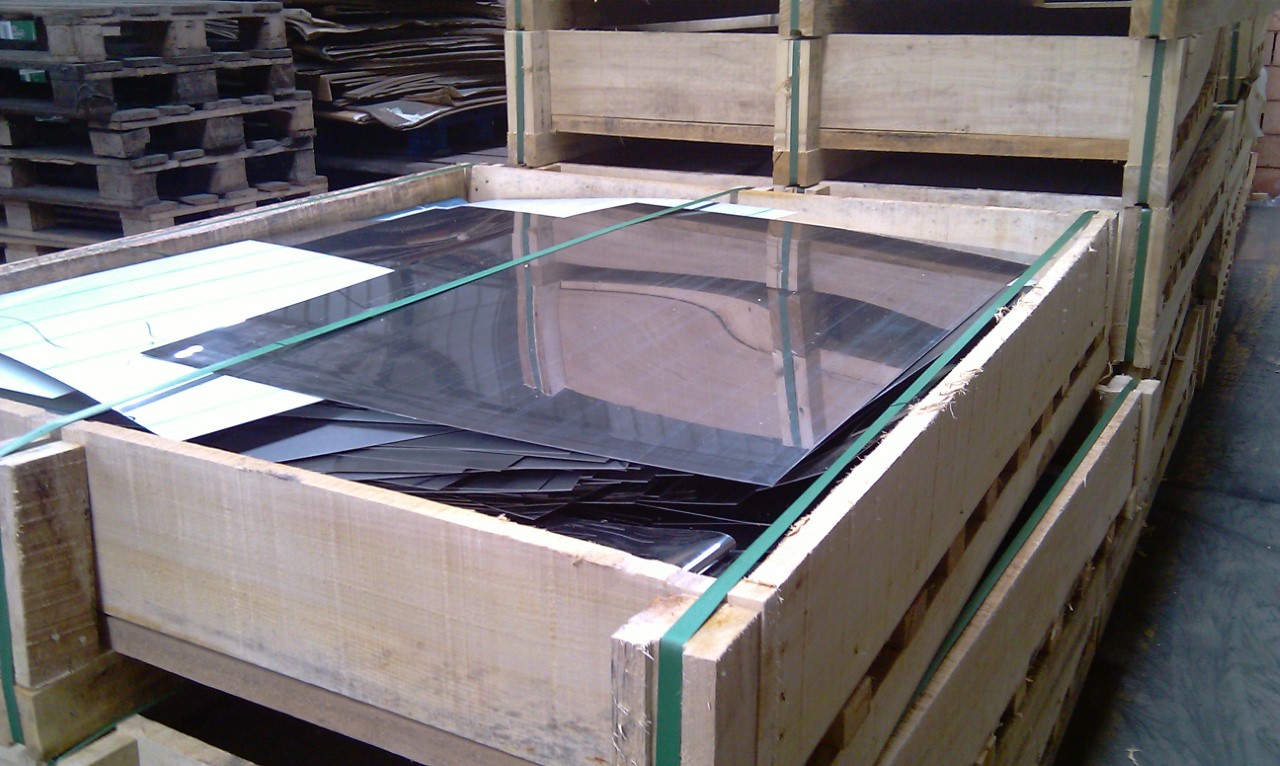Stainless Steel

AISI 430
Grade 430 is a ferritic, straight chromium, non-hardenable grade, combining good corrosion resistance and formability characteristics with useful mechanical properties. Its ability to resist nitric acid attack permits its use in specific chemical applications but automotive trim and appliance components represents its largest fields of application.
Benefits/uses: Stainless steel 430 also has excellent resistance to nitric attack, which makes it well suited to use in chemical applications. The most popular applications for 430 are in domestic appliances and decorative trim such as:
- Dish washer linings
- Refrigerator cabinet panels
- Element supports and fasteners
- Stove trim rings and chimney liners
-
Automotive trim and lashing wires

AISI 304
Grade 304 is the greatest stainless success story. It accounts for more than 50% of all stainless steel produced, represents between 50 and 60% of consumption of stainless materials and finds applications in almost every industry.
Benenifit/Uses: Grade 304 is the standard "18/8" stainless; it is the most versatile and most widely used stainless steel, available in a wider range of products, forms and finishes than any other. It has excellent forming and welding characteristics. The balanced austenitic structure of Grade 304 enables it to be severely deep drawn without intermediate annealing, which has made this grade dominant in the manufacture of drawn stainless parts such as:
- Food processing equipment, particularly in beer brewing, milk processing & wine making.
- Kitchen benches, sinks, troughs, equipment and appliances
- Architectural panelling, railings & trim
- Chemical containers, including for transport
- Heat Exchangers
- Woven or welded screens for mining, quarrying & water filtration
- Threaded fasteners
-
Springs

AISI 316 / AISI 316L
For severe environments. Of course, there are many industrial processes that require a higher level of resistance to corrosion than Type 304 can offer. For these applications, Type 316 is the answer.
Type 316 is also austenitic, non-magnetic, and thermally nonhardenable stainless steel like Type 304. The carbon content is held to 0.08% maximum, while the nickel content is increased slightly. What distinguishes Type 316 from Type 304 is the addition of molybdenum up to a maximum of 3%.
Benefits/Uses: It has excellent forming and welding characteristics. It is readily brake or roll formed into a variety of parts for applications in the industrial, architectural, and transportation fields such as:
- Food preparation equipment particularly in chloride environments.
- Laboratory benches & equipment.
- Coastal architectural panelling, railings & trim.
- Boat fittings.
- Chemical containers, including for transport.
- Heat Exchangers.
- Woven or welded screens for mining, quarrying & water filtration.
- Threaded fasteners.
-
Springs

 +880 17601 89064
+880 17601 89064